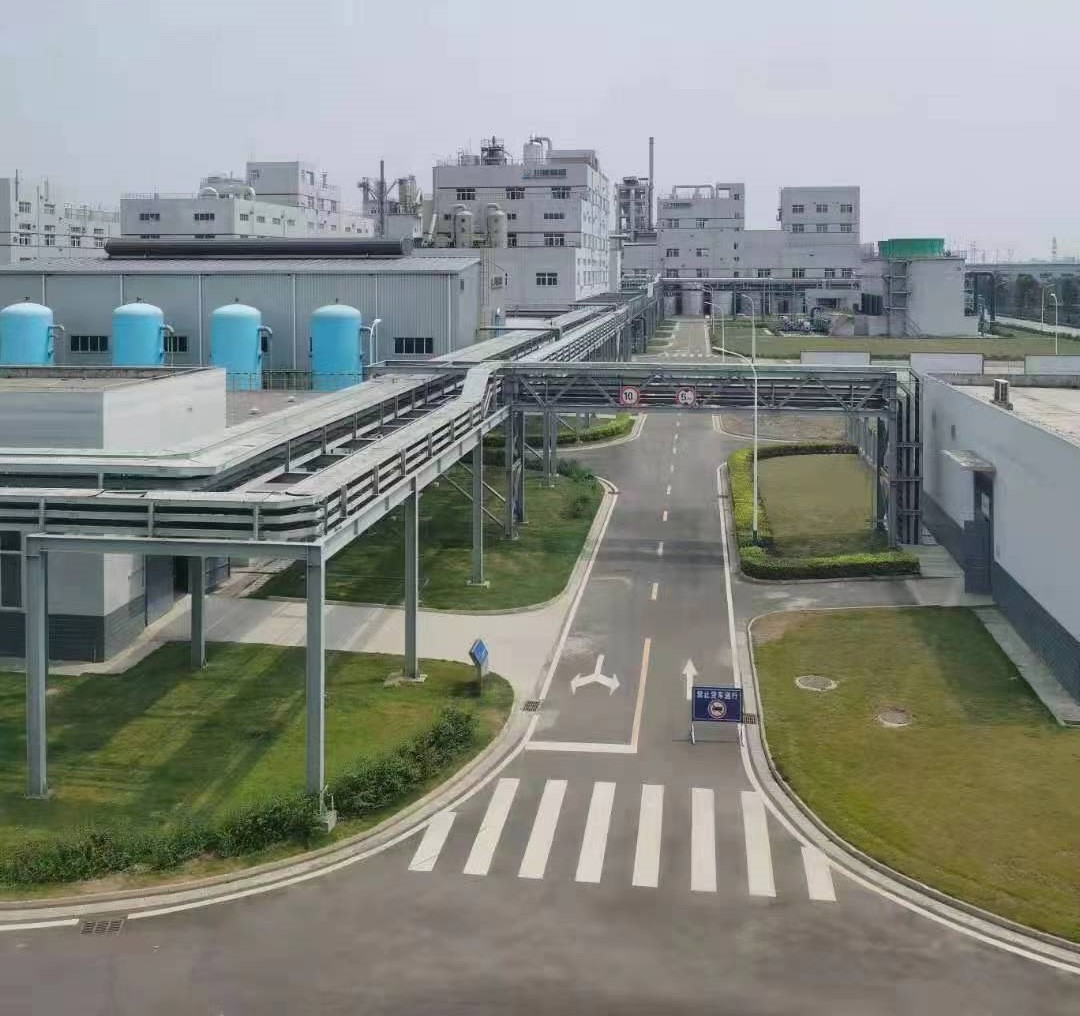Lithium carbonate knowledge introduction
Jul,01,25
Lithium carbonate is one of the most important lithium products. It is a common inorganic lithium salt, usually colorless monoclinic crystals or white powder, which can be reprocessed into other lithium products. At present, it is mainly used to prepare lithium battery materials, including new energy vehicle power batteries, consumer electronic batteries, and energy storage batteries; other application areas include traditional industries such as glass ceramics, medicine, and grease.
Industry chain situation:
In the lithium industry chain, lithium carbonate is in the middle position, mainly reprocessing primary lithium carbonate products produced from salt lake brine or lithium ore, and then producing battery-grade lithium carbonate and other lithium products.
In the downstream of the industry chain, lithium carbonate is mainly used to manufacture positive electrode materials for lithium batteries, and can also be used for electrolyte solutes, glass, ceramic air conditioning refrigerants, rare earth electrolysis additives and other products.
Production situation:
The production process of lithium carbonate includes lithium extraction from spodumene, lithium extraction from lepidolite and lithium extraction from salt lakes. Among them, spodumene has the highest cost, followed by lepidolite, and the cheapest is domestic salt lakes and South American salt lakes.
Today, lithium extraction from ore and lithium extraction from salt lakes are listed as the two major sources of lithium carbonate. About 40% of the global output of lithium carbonate and its derivatives comes from lithium extraction from salt lake brine, and about 60% comes from lithium extraction from ore.
Supply, demand and consumption:
The global supply of lithium carbonate is highly concentrated. From the perspective of the lithium extraction industry chain, Australia is currently the main producer of lithium concentrate, and my country is the main producer of lithium ore smelting and lithium carbonate. The production end of my country's lithium carbonate industry is highly concentrated. From the perspective of production areas, my country's lithium carbonate production is concentrated in Jiangxi, Sichuan and Qinghai. Among them, Jiangxi and Sichuan are ore-type lithium resources, and Qinghai is salt lake brine-type lithium resources.
The monthly production and supply of domestic lithium carbonate shows certain seasonal characteristics. From January to February, due to factors such as the freezing of Qinghai Salt Lake, routine equipment maintenance of enterprises, and the Spring Festival holiday, domestic salt lake production generally decreased by 30-40%. After March, as the temperature rose, lithium carbonate production rebounded rapidly until the operating rate peaked in June. After July, due to the high temperature power restriction and production restriction in summer, lithium carbonate production fell slightly, but it still maintained a high output until December.
The overlap between lithium carbonate consumption areas and production areas is relatively low. Jiangsu, Hunan, Fujian, Guangdong and Hubei are the top five provinces in terms of lithium carbonate consumption.
In terms of import and export trade, my country's lithium carbonate is mainly imported, and the export volume is relatively low. Chile and Argentina have rich salt lake resources and lithium carbonate production capacity, and are the main importers of lithium carbonate in my country. Although Australia has a large amount of spodumene resources, it lacks lithium carbonate production capacity, so my country only imports spodumene from Australia.
The trade flow of lithium carbonate is relatively scattered and the distribution range is relatively wide, which basically realizes national sales and national transportation. It is mainly transported by road, and presents a trade pattern of transportation from west to middle, from middle to east and neighboring provinces.
Factors affecting the price of lithium carbonate:
Factors affecting the price of lithium carbonate include raw material supply, mining and processing costs, capacity utilization and new capacity release, lithium carbonate imports, inventory, new energy vehicle market demand drive, and national subsidy policies.






